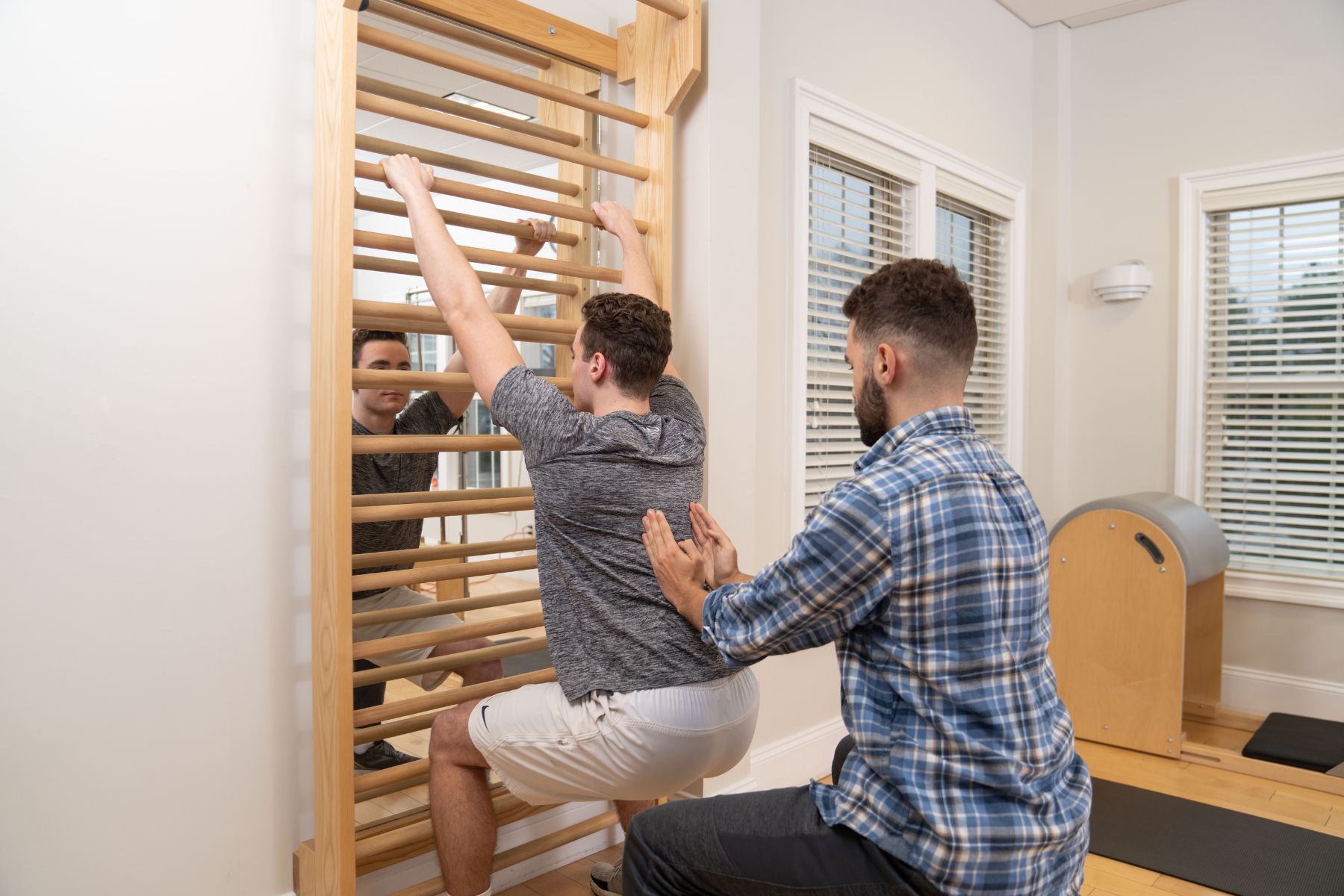What does scoliosis management look like?
Scoliosis is a common diagnosis that we will see in the office and can be managed in various ways, both conservatively and surgically, if necessary. Here's how you can manage it.

Scoliosis is a common diagnosis that we will see in the office and can be managed in various ways, both conservatively and surgically, if necessary. A three-dimensional torsional deformity of the spine and trunk, scoliosis can result in curvatures isolated to the neck, mid back or lower back and even all three. Scoliosis is a progressive disease that affects the alignment of the spine, motion of the trunk and overall symmetry of the human body. About 80% of cases are idiopathic, and most commonly we see it in the younger population, which is known as adolescent idiopathic scoliosis.
Diagnosis
Diagnosis of scoliosis is done through radiographic imaging to examine the anterior-posterior view of the spine in standing and assess a specific angle of the spine called the Cobb Angle. This is the angle formed between a line parallel the uppermost vertebral segment of the curve and the lowest vertebral segment. Clinically, diagnosis of scoliosis is a Cobb Angle greater than 10 degrees. This angle is important to know as it can help with managing treatment and understanding curve progressions over time depending on the age of someone. Diagnosis is in the adolescent population is usually done by the child’s pediatrician and screened by an Adam’s Forward Bend Test, where the child slowly bends forward, and the clinician assesses for curvature of the spinous processes or rib prominence.
Management
While scoliosis is a progressive disease that needs to be managed over a lifetime, it can be done so conservatively. The overall goal of any physician and physical therapist working with someone with scoliosis is decreasing and preventing further spinal deformity, along with a management strategy. Depending on a person’s age, skeletal maturity and Cobb Angle, measurements between 10–25 degrees are recommended scoliosis-specific exercises to manage curvature. Those with curvatures greater than 25 degrees and up to 45 are recommended scoliosis specific exercises and bracing. Those with curvatures greater than 45 degrees are usually recommended surgical intervention, as there is a greater negative effect on the persons skeletal structure and function.
Schroth Method
When it comes to managing scoliosis, there are a couple strategies we will employ that have been shown in the literature to be effective. First is an education of scoliosis which needs to be specific to the person and as stated earlier, their age, skeletal maturity, and Cobb Angle. From there, we determine the best management strategy, be it scoliosis-specific exercises, bracing, or surgery. A form of scoliosis-specific exercise some physical therapists are certified in is the Schroth Method. This method was first developed by Katharina Schroth in Germany during the 1920s. The Schroth Method focuses on the specific three-dimensional scoliotic curve pattern, deviations in the various planes, and breathing techniques. A meta-analysis in 2018 looked at the effects of the Schroth Method on idiopathic scoliosis and noted that it is beneficial for those individuals with Cobb Angle of 10-30 degrees, but less beneficial for those with Cobb Angles greater than 30 degrees. These exercises should be practiced for at least one month to have an effect on core muscle strength and structural deformity.
Pilates
In conjunction with the Schroth Method, we have also found positive results in both the office and in the literature with Pilates. Pilates focuses on core stability, flexibility, posture control, and breathing, similarly to exercises done using the Schroth Method. In the literature, Pilates has been seen to improve symptoms in those with spine related issues and reduce pain/disability in those with chronic lower back pain. In a systematic review which assessed the use of Pilates exercises training and its ability to improve spinal deformity and quality of life, there is evidence that Pilates can assist in reducing Cobb Angle, trunk rotation, decrease pain, and improve overall quality of life. In our review, evidence of Pilates independently managing scoliosis is not yet proven, but in conjunction with other exercises such as Schroth Method and bracing, it improves the results.
Every person with scoliosis is different and should be managed individually, as there are multiple variables that can affect their care. To ensure someone with a scoliotic curve is managed most appropriately, it is recommended they work with someone who specializes in the spine and, if possible, are certified in the Schroth Method. While dosage and recommendations vary, a comprehensive evaluation is necessary to address a person’s scoliotic curve, related musculoskeletal impairments, quality of life, body image, and pain. Ultimately it is also a team approach where communication with the physician, patient, and the parent (if an adolescent). Striving to provide a treatment regimen that matches the persons needs is vital and allows them to succeed.

Robert Mahlman
Robert Mahlman, PT, DPT, OCS, is the Westport Site Lead and a board certified orthopedic clinical specialist and certified Schroth therapist who specializes in the treatment of various orthopedic injuries, along with scoliosis and concussion management.
RECENT POSTS
CATEGORIES

> Privacy Practices
> Terms and Conditions
Copyright © Performance 2022.
All rights reserved.
JOIN OUR COMMUNITY
Sign up for our mailing list to learn more about Performance, stay up-to-date on our offerings, and receive our newsletter.
Digital Marketing by Rebel Interactive Group
